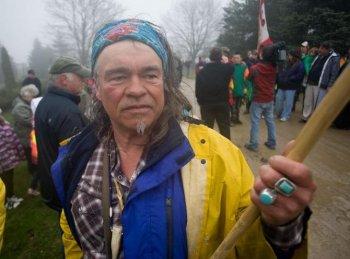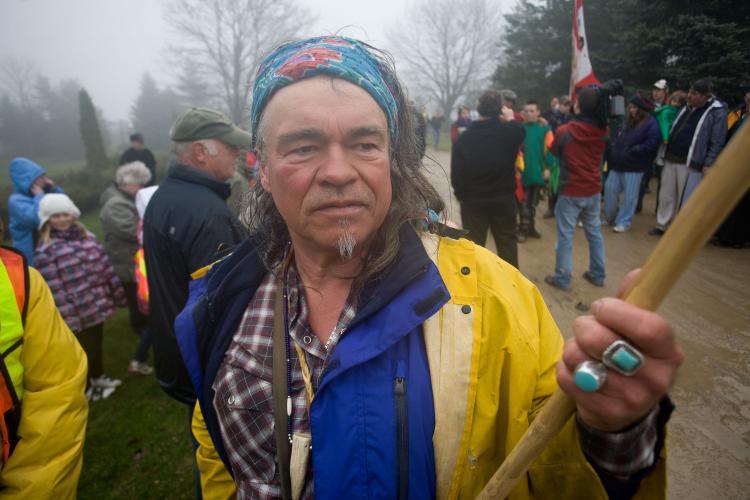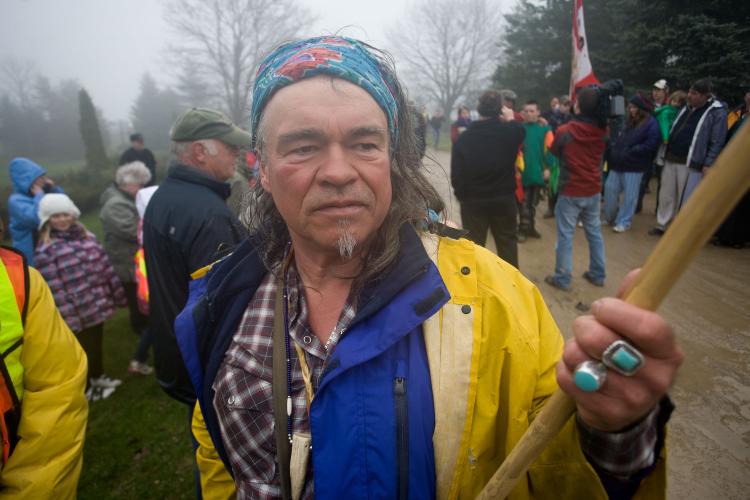Mega Quarry Threatens Prime Canadian Farmland
In the area of Melancthon Township, 62 miles north of Toronto, exists a unique soil called Honeywood silt loam, a Class 1 soil that is prized in the farming community for its high quality.

PROTECTING THE LAND: Mohawk environmental activist Danny Beaton took part in a five-day 'walk to stop the mega quarry,' which started at Ontario's Legislature in Toronto on April 22 and ended in Melancthon Township on April 26. Nick Kozak

Joan Delaney
Senior Editor, Canadian Edition
|Updated:





